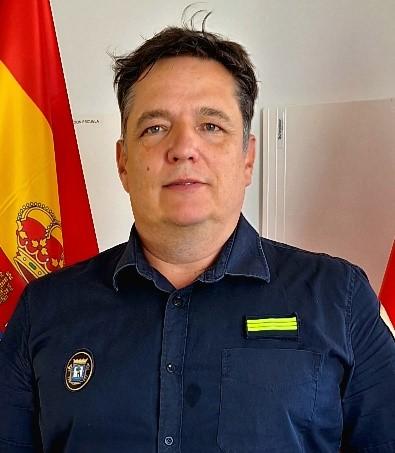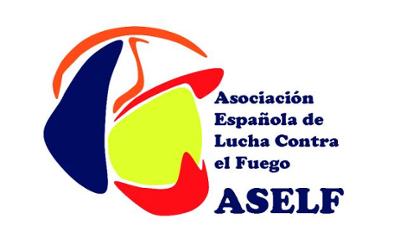

José Luis Legido (ASELF): New risks have increased the complexity of emergencies in urban environments
José Luis Legido Revuelta, the general secretary of the Spanish Fire Fighting Association (ASELF), sets out in the following interview that the evolution of cities, with the emergence of new risks, population growth and climate change, has increased the complexity of emergency interventions. This expert explains the main changes that have occurred in emergency response in urban environments and addresses the major future challenges in this area.
What changes have occurred in recent years in terms of emergencies in urban settings?
In recent years, emergencies have led urban firefighters to take on board advanced technology in their equipment, such as special rescue tools, drones and thermal cameras; and communication systems, risk detection and decision-making, command and control procedures have been improved. All of which is making professional firefighters improve their training in new techniques, technologies and training in simulated environments, to increase their level of competence and performance.
The evolution of cities, with the emergence of new risks, population growth and climate change, has increased the complexity of emergency interventions, including fires in high-rise buildings, accidents in critical facilities, structural collapses, underground fires or damage from extreme weather events. In addition, there is an increased focus on prevention through outreach campaigns and regulatory regulations. Today's firefighter is changing, moving from a reactive profile to a more proactive and/or preventive profile.
How is the coordination between institutions evolving?
Inter-institutional coordination between public and private bodies and the integration of emergency services have optimised the coordinated response, although there is still a lot that needs doing in this field: public officials need to get more involved, procedures standardised and more technical profiles need to be selected to lead organisational structures and create national “framework regulations” to ensure the effectiveness and safety of all citizens.
What strategies have fire brigades defined to adapt to the changes?
Fire departments are implementing strategies to adapt to these changes in urban environments, adopting advanced technologies and improving communication systems, risk and command analysis to optimise coordination during emergencies. Continuous training and education are key, with programmes that include training in new techniques, online self-training platforms or the use of simulated environments that allow training in complex scenarios safely. The focus on prevention has been stepped up, especially in fire departments in large cities, through public campaigns on fire prevention and safe behaviour, placing the emphasis on their visibility on social media and the media as a whole. In addition, the use of public resources is encouraged to analyse and manage current risks and implement civil protection regulations.
What new challenges and difficulties do they face?
We can glean from the above that today's urban firefighters are facing an important challenge to ensure that our capabilities are adapted to what society demands of us.
Cities that are increasingly complex, with new risks related with mass events in public spaces, vehicles with new energy sources, buildings with more energy-efficient configurations, but with a much higher fire load, and sometimes more vulnerable to fire risk (combustible façades, photovoltaic panels, the electrification of parking lots etc.).
Training firefighters as the first “health” resource, enabling them to professionally and comprehensively address critical rescues in complex situations, terrorist risk, natural disasters etc., is also a challenge that is being addressed and which requires better regulation. There needs to be a common regulations framework throughout Spain and vocational training programmes that are appropriately designed and accessible to all professionals working in the world of emergencies.
What demands would your association make?
In terms of this forum, and as a representative of the largest and oldest national firefighters’ association, I would like to insist on the obligation of public entities to promote all these aspects. Ministries such as the Home Office, through the Directorate-General for Civil Defence, would need to develop professional references for all fire departments in the country and increase their capabilities in a uniform, coherent manner. The fire brigade already has a large number of technically trained staff who could help develop these common themes.






